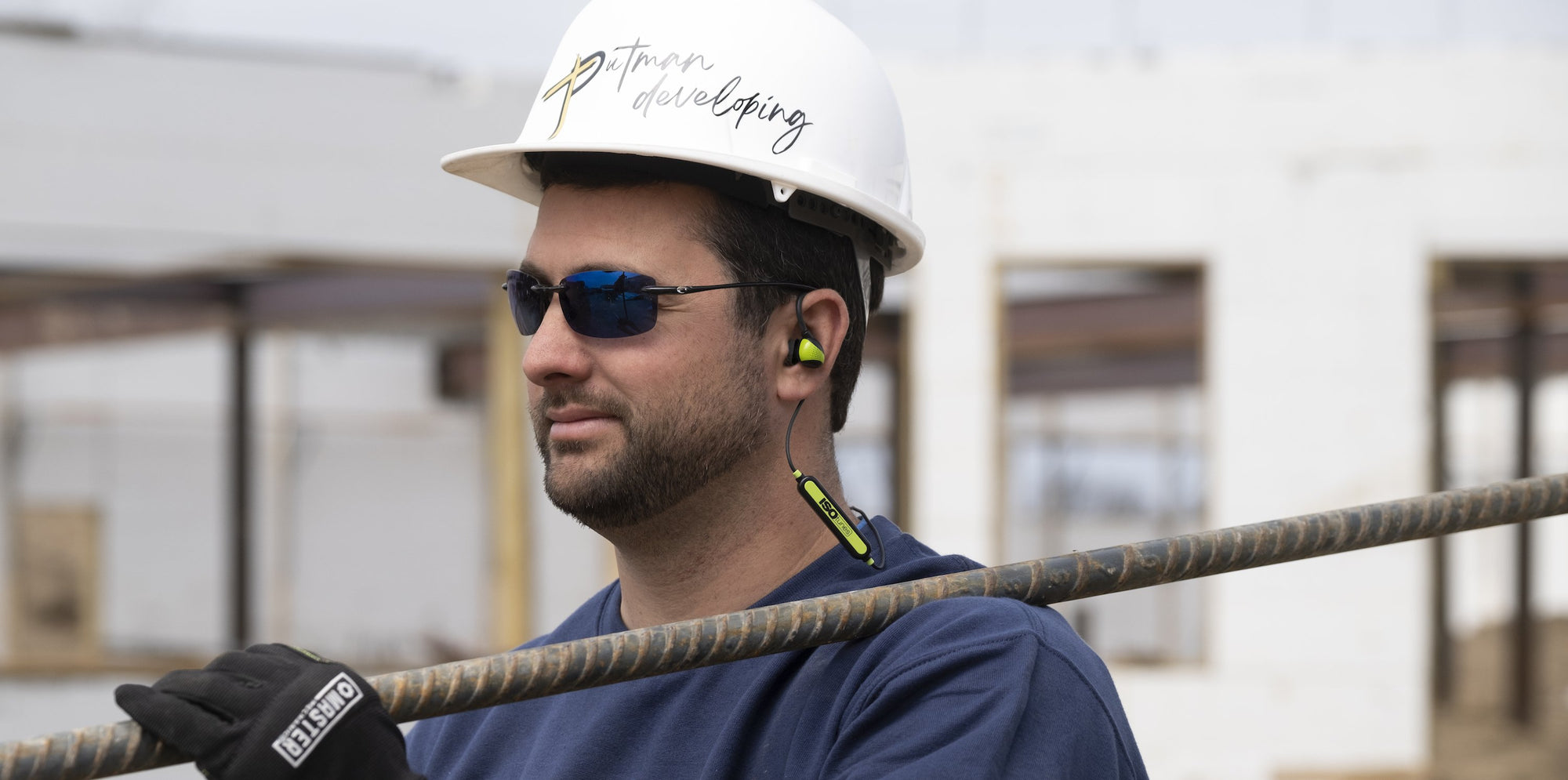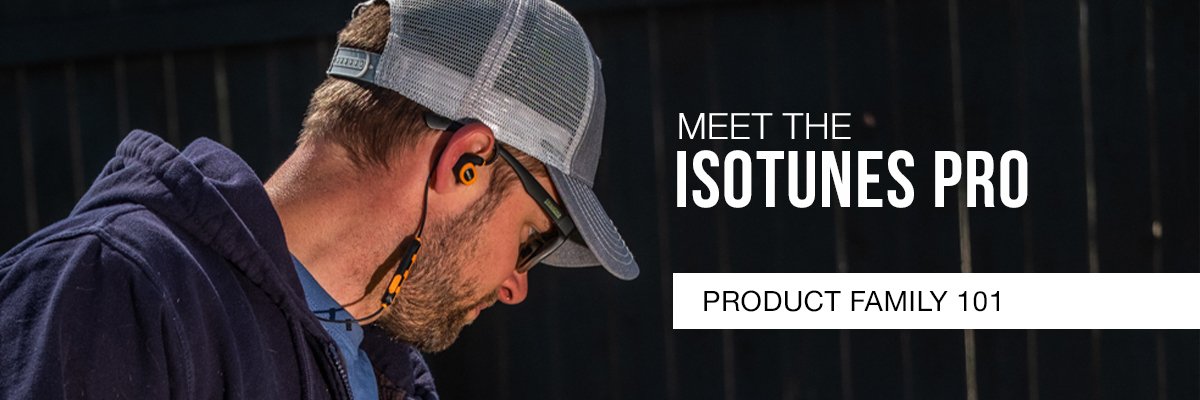Situational awareness is defined as the “perception of environmental elements and events ” In other words, situational awareness is the ability to know and understand what is going on around you. Unfortunately, safety products often reduce our situational awareness in the name of protection. Gloves make it hard to feel, polarized glasses can make it hard to see, and hearing protection..well..makes it hard to hear. Usually this is what you want from good safety gear; however limiting your senses, and thus your situational awareness, can actually be dangerous depending on your profession and environment.
What are the dangers of limited situational awareness?
There are 2 major hazards that come to mind when we think of limited situational awareness.
- Without awareness of the world around you, it’s easy to miss warning signals and potential hazards. This puts you at risk for dangers you didn’t see, hear, or sense coming.
- It’s common for people to remove their PPE (Personal Protective Equipment) in order to communicate with others or observe their environment. With PPE removed, you’re at risk for the obvious dangers from the elements.
So the big question is, how can you enhance your situational awareness without removing your PPE altogether?
Here are 5 tips to improve your situational awareness:
Hearing Protection for Enhanced Situational Awareness
Technology to improve situational awareness is evolving each day. If you work in environments with loud impulse noises (like nail guns, hammers, or gunfire), earbuds or earmuffs with active listening technology may be right for you! For example, products with ISOtunes Aware Technology allow you to amplify the sounds in your environment up to 8x their natural frequencies. This means that you can communicate with colleagues or listen for warning signals at or above typical hearing thresholds. Aware Technology works by amplifying the sounds you want to hear, and reducing the sounds you don’t! When products with Aware Technology sense a harmful noise, they reduce the sound to a safe level in less than 2 milliseconds. Once they sense the harmful noise has ended, you can resume hearing the world around you at a comfortable listening level.
To learn more about ISOtunes Aware Technology, click here.


